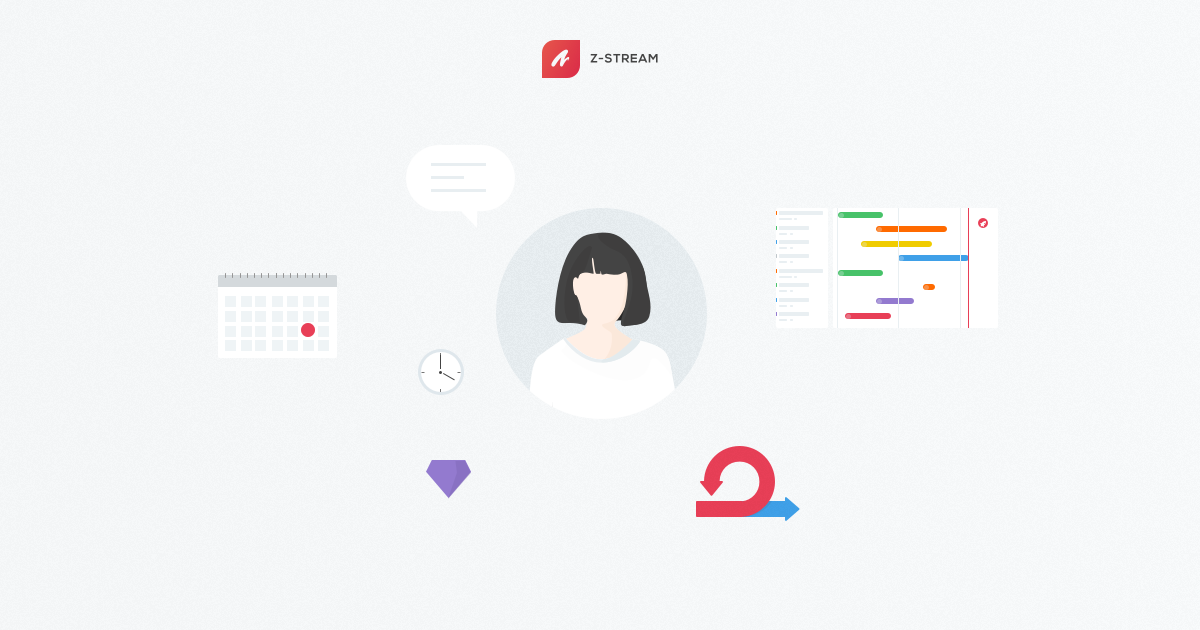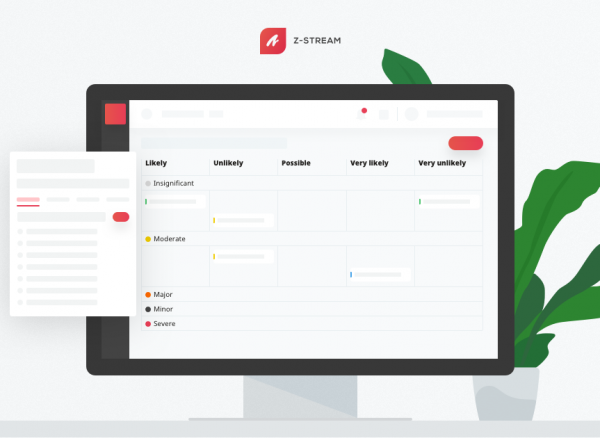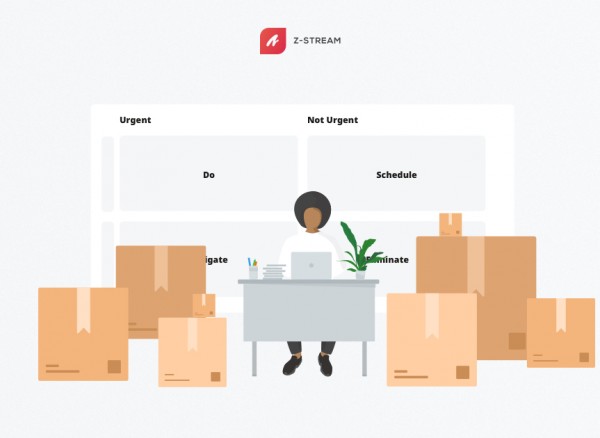
Project management often creates an ongoing challenge for many managers. You want to be sure you are creating the best possible experience for your clients, staying on schedule, and keeping up with all the important requirements of the projectーand all too often, some of those elements fall through the cracks.
With these key best practices, however, you can level-up your project management skills and increase your chances of not only meeting, but exceeding, your clients’ expectations.
1. Create a Stakeholder Wish List
Take the time to find out what your clients really want. Try to communicate as directly as possible. For example a conversation in person is better than a video call, a video call is better than a phone call, a phone call is better than a text, and so on and so forth, until you reach smoke signals, carrier pigeons, and soup cans tied together with string. Ultimately, the more direct the communication method you choose, the better you will be able to learn about your clients’ actual needs and desires for the project. When you understand their project needs, you can create a better project management plan that is more likely to appeal to your stakeholders. Not only that, but constant communication makes it easier to manage stakeholders when presenting the project as well as get their participation in the project management process.
Throughout the project’s creation, do your best to keep your clients involved in the design and development process. You may need to make adjustments as you go to ensure that you’re adapting to their needs. The more involved your clients are, the better the final product you will deliver, which will result in more satisfied clients who are more likely to interact with your business in the future.
As you communicate with your clients, create a virtual backlog of functionality and features that are most important to the project stakeholders. Stakeholders in project management need to know that their needs are heard; that you’re listening to what they really want and that you’re going to deliver it.
2. Create an Initial Project Plan/Roadmap
Before you get started, outline the goals for the project and get a sense of its scope. Through communication with stakeholders, you probably already got a solid idea of exactly what the project needs to look like, so take the time to create a roadmap that will help you finish the most valuable items on your backlog within a defined time frame.
While creating and curating your backlog, work with your team to create general estimates for the time required to implement each feature and the time required to set up the necessary infrastructure. Prioritize your roadmap based on what your clients need most and what can be accomplished in a reasonable amount of time. These simple steps to creating a project plan will help you more effectively deliver exactly what your customers are expecting.
In your roadmap, you should set up small goals that will allow you to continuously deliver value in small increments as you go. By including this step in creating your project plan, you’ll discover that you can keep clients actively involved in the design process and provide them with a better understanding of where your team is at any given point.
Z-Stream’s roadmaps can help you create a visual plan for your project’s goals, allowing you to break things down into stages so you’ll always know what’s coming up. More importantly, your team and your stakeholders will be able to effortlessly understand the progress you’re making and what’s on the horizon.
3. Establish a Workflow and Clarify Roles
As a team, agree on a workflow that is easy to understand, allows for transparency into the status of the project, and supports continuously releasing value in small chunks. Discuss possible issues and weaknesses in the new workflow before you get started. Your workflow will shape the way you work on the entire project, as well as the way your team works together, so make sure that it’s clear and well-defined!
Think about relationships, roles, and the whole arc of the process from ideation to release, including:
- When specs are written and by whom
- Spec design
- Design process and development handoff
- How tasks and bugs are created
- Who will handle epics and larger features
- How epics and larger features are broken down
- How QA interacts with the workflow
- How the release process will work
Different roles in project management help keep your team members on track and let them know what they’re supposed to be doing at any given moment. By assigning roles and responsibilities in project management, you ensure that no one is left scrambling for something to do and that you don’t have too many team members trying to take on the same tasks.
4. Track and Report Progress
Communication is key when it comes to tracking and reporting your progress! Set up clear communication methods. One of the first steps you should take is to create a clear meeting schedule. Then stick to it; while rescheduling may occasionally be necessary, you don’t want to miss vital meetings with stakeholders. Know how you plan to communicate, both within your team and with your stakeholders.
Remember, the more direct and open your communication, the better. Follow these key strategies for your meetings:
- Keep meetings short and to-the-point. You don’t want meetings to be a drain on anyone’s time. You just want to answer key questions, unblock teammates, and keep everyone involved with the process.
- Allow anyone to bring up questions and ideas. Include everyone in the process as often as possible to get maximum input. It’s easy to rule out bad ideas but it’s impossible to learn from ideas you never hear.
- Encourage open communication throughout the meetingーbut do cut things off if they seem to get out of control or if you’re struggling to stay on task.
You should work with your developers to keep the team on track and focused on the highest value items. Discuss blockers, learn about engineering challenges, and report progress to stakeholders as things change.
Z-Stream helps make this process easier. Instantly available Release Notes and Timesheets allow for the creation, monitoring, and distribution of reports in an easy, streamlined manner that keeps everyone on the team informed of what’s happening with the project.
5. Implement a Quality Assurance Process
How are the tasks that need to be fixed handled? Make sure that a solid QA process is outlined and implemented early in the project’s developmentーand that everyone understands it. Identify weak points in the product and in the process, then prioritize issues that need to be addressed, stabilized, or fixed. Your QA teammates should be working closely with developers to understand and clearly communicate issues and fixes.
With Z-Stream, you don’t need extra plugins to make sure your product’s quality is high. You can create test suites for products, write test cases, and run individual tests for various tasks within Z-Stream. You can even link tasks to test cases and see the results of automated testing for an upcoming release so you can make smarter decisions about when to deploy and when to spend a day or two more making sure everything is working as expected.
6. Maintain Client Focus
When you create a product, the design should be driven by client requests and needs. When you communicate directly with your clients, you get a far better understanding of exactly what they want from their product, which you are then better able to deliver. In order to ensure that client needs are met fully, involve diverse roles in the design process. For example, consider having an engineer or two work with the project managers and designers during the design process. This will help them understand the architectural implications of potential solutions. It’s extremely important to seek direct feedback during this process. This may include:
- Meeting directly with the people whose problem you’re solving
- Talking to them about what they need
- Gathering and clarifying core requirements
Once your team has communicated directly with the client or clients, they should outline preliminary ideas and solutions, then repeat the process before building anything. It’s not about having a meeting to start the project. Rather, it’s about learning the full value that you can deliver and how you can delight your clients.
7. Reflect Regularly
Have a conversation about what is going well and what needs to be improved. Include both the members of your team and the stakeholders. You may need to touch on:
- Your team’s workflow
- Internal communication and transparency within your team
- External communication and transparency with stakeholders, as well as communication with other departments or teams
When you reflect on what you’re doing regularly, you get a better idea of where you need to improveーand you can make those improvements before they turn into more serious issues.
As a project manager, you’re constantly making changes to your processーand Z-Stream can help you navigate your next project more effectively. Try Z-Stream for free and discover its unique features that will take your project to the next level!







